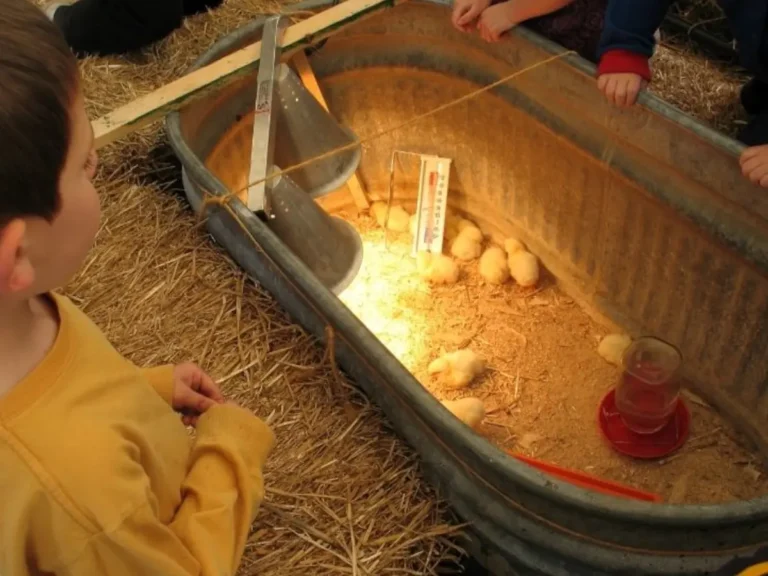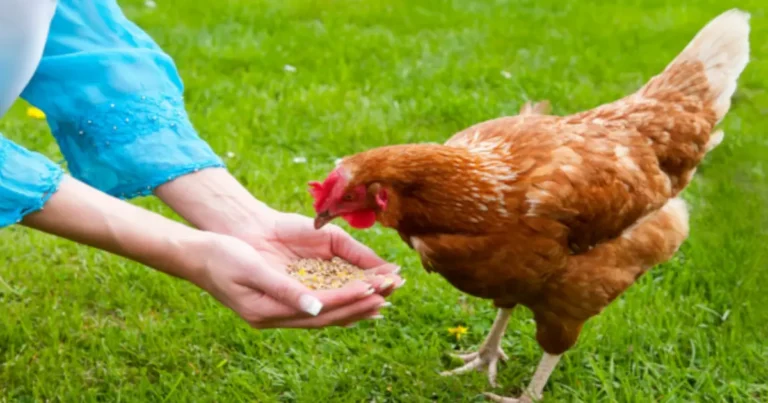Chicken Coops for 6 Chickens
So you’re looking to raise around 6 chickens and want to know what the best chicken coops need to provide to meet your chicken’s needs. Ultimately, chicken coops only need to provide a safe place for your chickens to rest, lay eggs, and keep predators away, but learning about how a small flock lives together, will give you the necessary information you need to keep your flock healthy and productive.
Meat chickens or egg chickens?
Depending on whether you are getting meat or egg chickens, some kits may be better suited than others.
Meat chickens and egg chickens don’t mix. The behavior and diet of meat chickens and egg chickens is different, so it’s not wise to put them together. Meat chickens are generally much more aggressive and will gobble up all the feed before egg chickens will have a chance. If you’re looking raise both, we recommend that you keep them in completely different coops and runs.
With that in mind, you’re going to want to know what chicken coop features are needed for each kind of chicken.
For example, if you’re raising egg-laying hens, then look for a coop with an attached nesting box which will provide them with a private place to lay eggs. If you’re raising meat chickens, then look for one with a larger chicken run and more space for them to roam around.
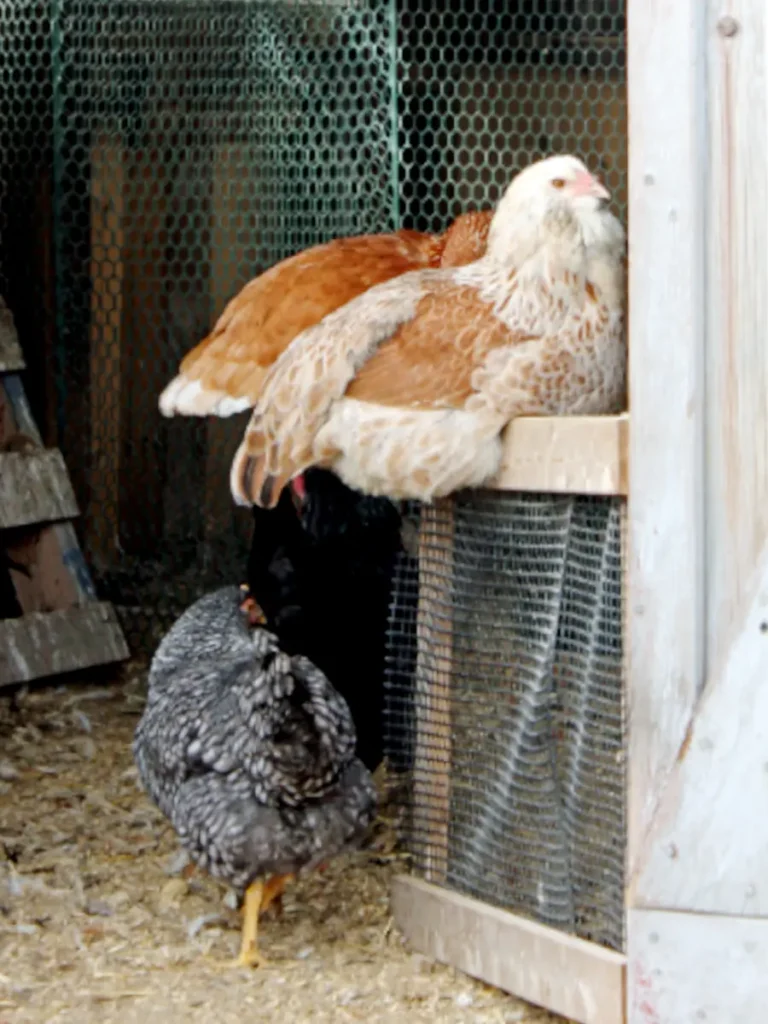
The value of happy chickens
When you’re considering what chicken coop is going to be best, you should ask yourself how important it is to you that your chickens remain happy. The more confined chickens are kept, the less happy they will be, period. So, why should you care?
Quality
When chickens experience conditions that make them unhappy, they produce cortisol. Cortisol is a stress hormone which toughens meat. In addition, stress not only reduces the quality and size of eggs, it reduces the number of eggs. So, if you want better quality meat and eggs, you’ll do your best to create happy conditions.
Relationship
Happy chickens are more docile and loving, which makes managing them easier and more enjoyable.

CHICKEN COOP KITS FOR ANY BUDGET
Keeping Chickens Happy
Below are some things to consider about your chicken coop that will affect your chicken’s happiness. One of the common concepts you’ll notice, is considering ways to reduce competition between chickens. Chickens can be quite mean to each other (which increases cortisol), so in addition to the value of each feature, using those features in a way to reduce the number of reasons chickens have to fight will go a long way.
Space, how big should your coop be?
The more space chickens have, the better. If they don’t have enough space, they fight over it. Chickens need room to move around and flap their wings. A small coop is also more likely to get mites and fleas and cause illness; while a large coop may be too expensive and take up unnecessary space.
Most resources say that the minimum floor space is 2-3 square feet per chicken. But the real answer is, it depends.
How happy do you want your chickens to be?
When deciding what size of coop to get or build, it’s important to consider the number of chickens you are getting and how much room each chicken needs. So, for six chickens you should have a minimum of 18 square feet (6 chickens X 3 square feet each = 18 square feet needed). But you also have to take into account things you leave on the floor. Feeders and waterers take up space. Storage bins and nesting boxes take up space. While 18 square feet may meet the minimum, a 4’x6′ (24 square feet) coop will give you ample space for odds and ends
The same rules mentioned above apply when getting a chicken coop for lets say, ten chickens. However, even though you’re going to add four more chickens, the feeder and waterer will likely take up the same space. So a 4’X8′ foot chicken coop would be adequate for ten birds and allow room for larger flocks in the future.
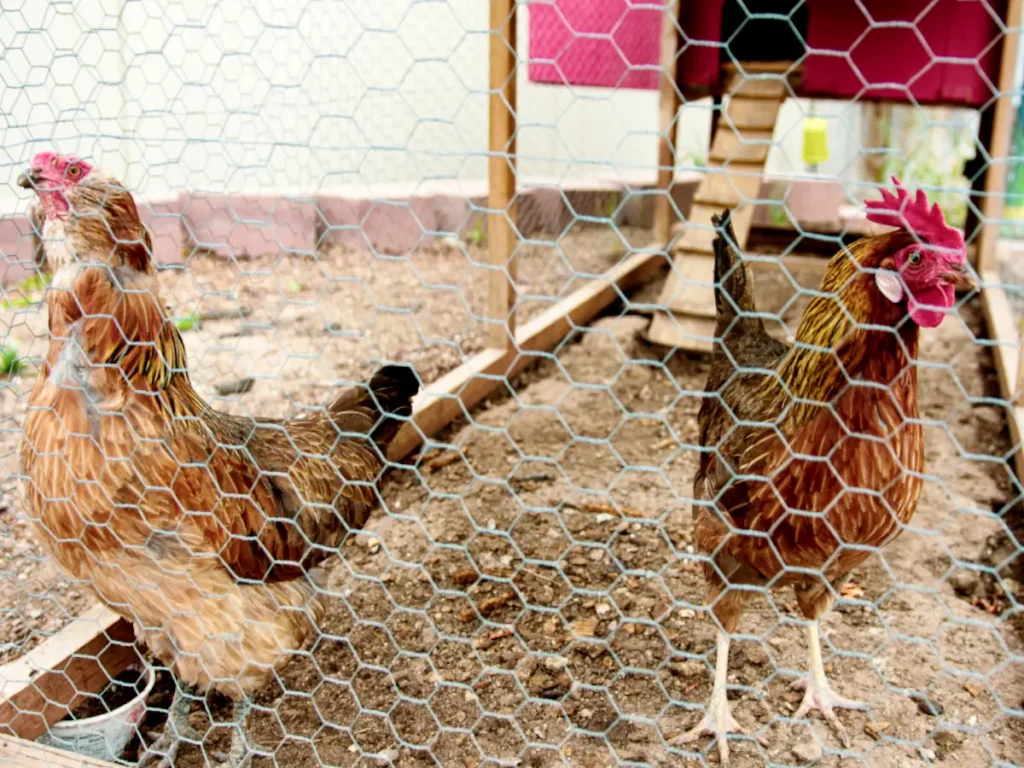
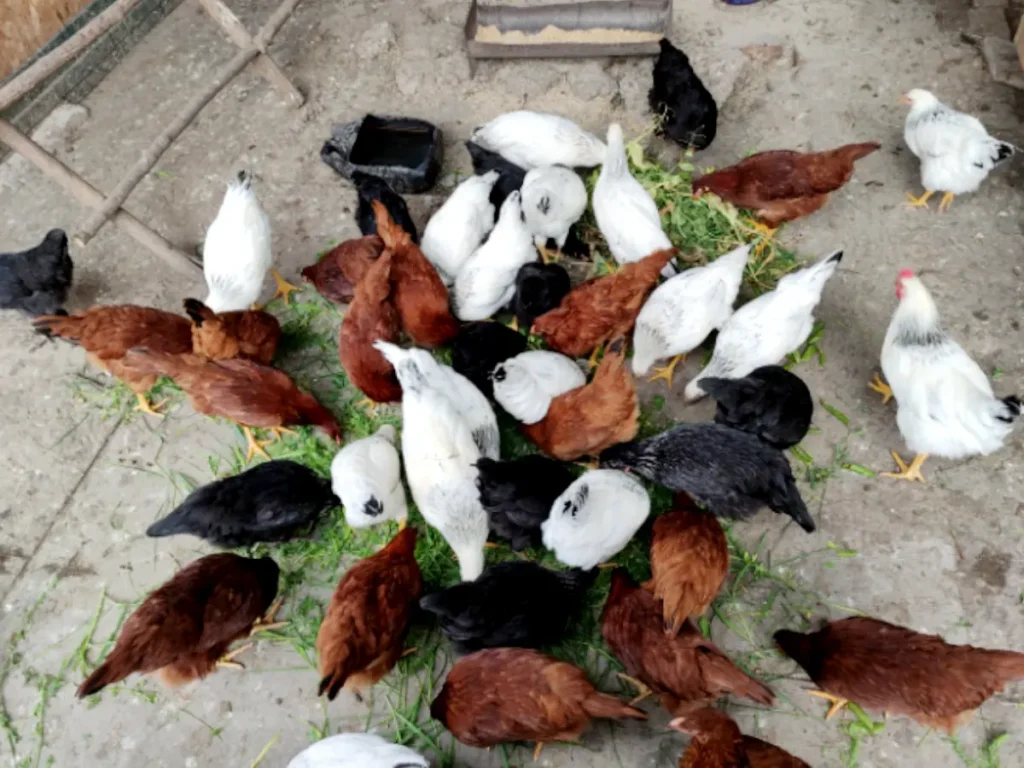

Ventilation
Coop ventilation and access to fresh air are essential if you want your chickens to have a happy and healthy life.
Without proper ventilation, the air in their living space can become stale and even lead to illness.
In the summer, heat and humidity will make your chickens stressed and lethargic. It will also compound the intensity of ammonia in the air from waste. In the winter, chickens and their waste create humidity inside the coop and can cause respiratory problems. Ventilation holes and screened windows allow for fresh air and climate control but they also invite predators. Be sure your ventilation holes are covered with wire mesh or chicken wire.
If you really want to give your chickens the best in ventilation, look for chicken coops with fans. Some can operate with solar power and run on timers too!
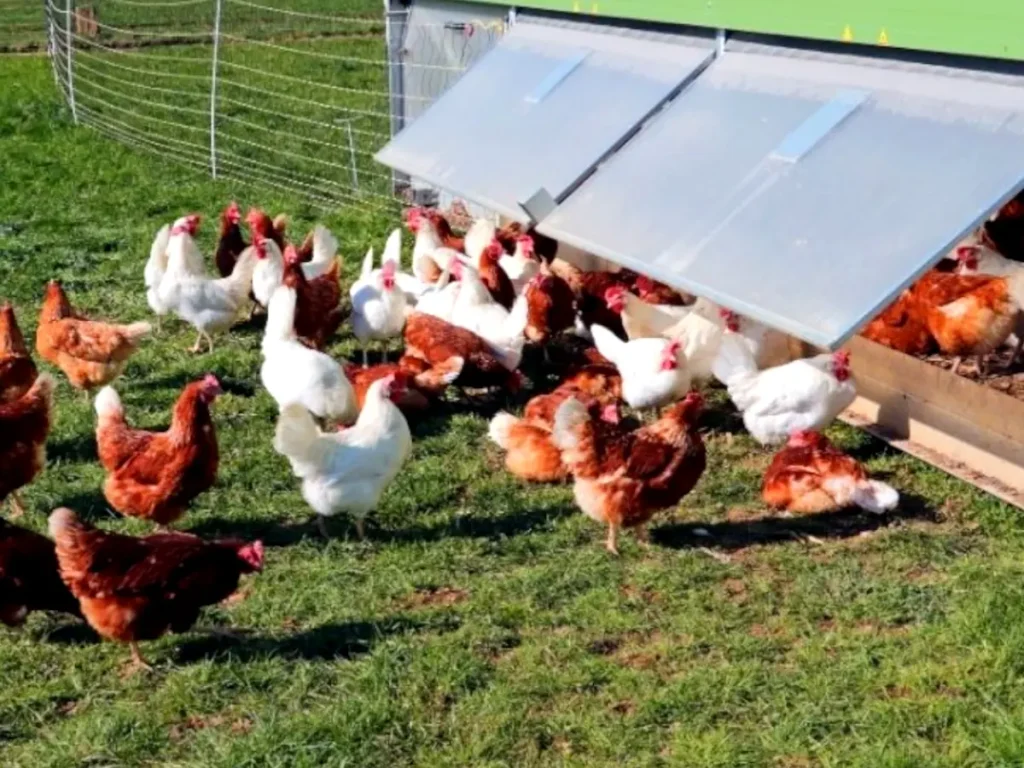
Perches/ Roosting Bars
Chickens like to perch, end of story. But it’s not the whole story. Chickens are going to be happiest with perches that are flat 1.5″ X 1.5″ solid wood with rounded corners. They’ll perch on anything, but roosting bars are better for their feet. If you want make roosting bars yourself, a 2×2 from the hardware store will be the right size, but you should you should use a router to round the corners over more. If you’re going to have multiple perches, consider keeping them the same height. When perches have different heights, it encourages fighting, as a higher perch asserts dominance. In addition, make sure you have enough space on the perches to accommodate all the chickens, or they’ll fight over the space too. 8″-10″ per chicken is enough.
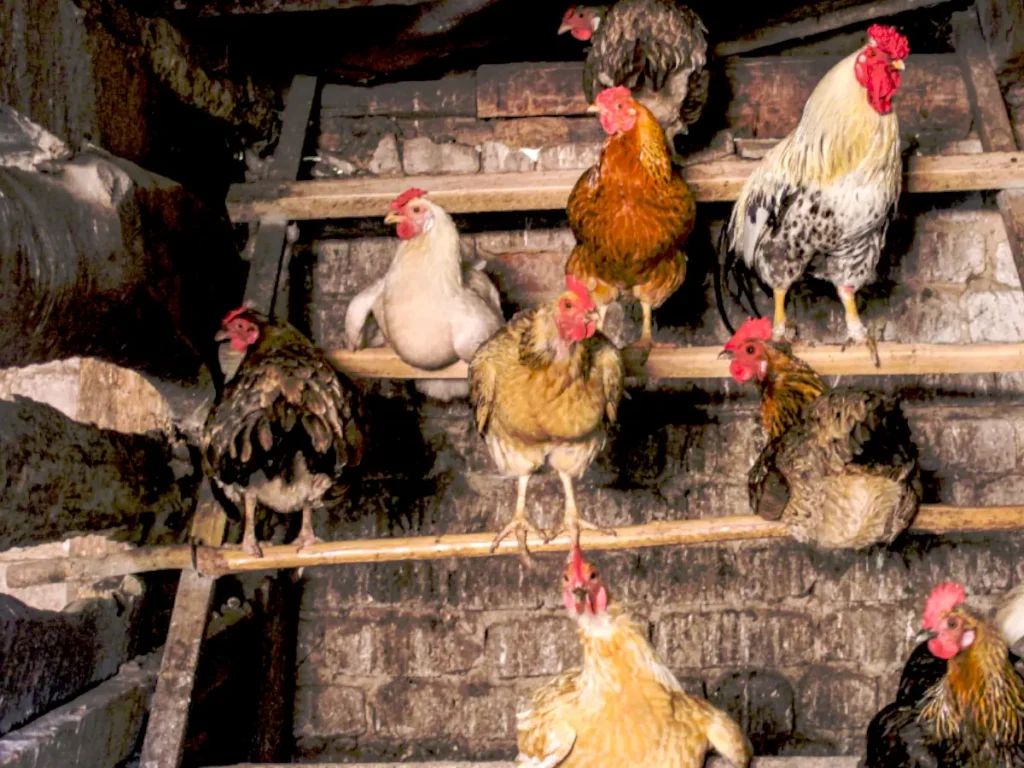
Light
Light is especially important for egg laying chickens. Hens won’t lay eggs unless they get at least 14 hours of light and will produce less eggs if they get more than 16 hours of light. This proposes a problem in the winter months when there isn’t enough day light. So, chicken coops with with a lower lumen white or red light (color and brightness matters) will help with egg production. In addition, the light can help take the edge off the cold.
But light isn’t just important for hens, any flock needs adequate light. The same way light stimulates egg production, light also stimulates active behavior in all chickens. Without enough light your flock will become lethargic and depressed.
Windows go a long way to provide light into a coop, and if they can open and close, you have a feature that helps with light and ventilation. Consider placing a window away from direct sunlight as direct sun may over heat your coop in the summer.
Lights can be hardwired, run off a solar panel and battery, or even LEDs. Using a timer to turn on the light before the sun gets low and stays on long enough to get them 14 – 16 hours of light is best. LEDs will reduce the risk of fire but won’t produce additional heat.

Bedding and sanitation
Chickens will be happier and healthier with clean bedding. You can use almost anything that’s dry and loose for bedding material. Many people use straw, wood chips, or saw dust for bedding. Using about an inch on the chicken coop floor should be sufficient. The most important aspects of bedding are comfort and hygiene.
Hens will certainly want bedding in their nest boxes and all chickens will appreciate a soft dry floor. If you find that you’re bedding is getting damp or wet, it’s time to clean out the coop. Cleaning out the chicken coop is a pain. Having a full size door to sweep out bedding or some kind of pull out tray will help with easy cleaning.
Small, loose bedding can be used for dust baths and help with hygiene. Chickens spend a lot of time trying to keep clean, so if they can find it in their bedding (especially in the winter) they will be much happier.
Pro tip:
Adding wood ash and diatomaceous earth to your bedding will help keep insects and parasites at bay!
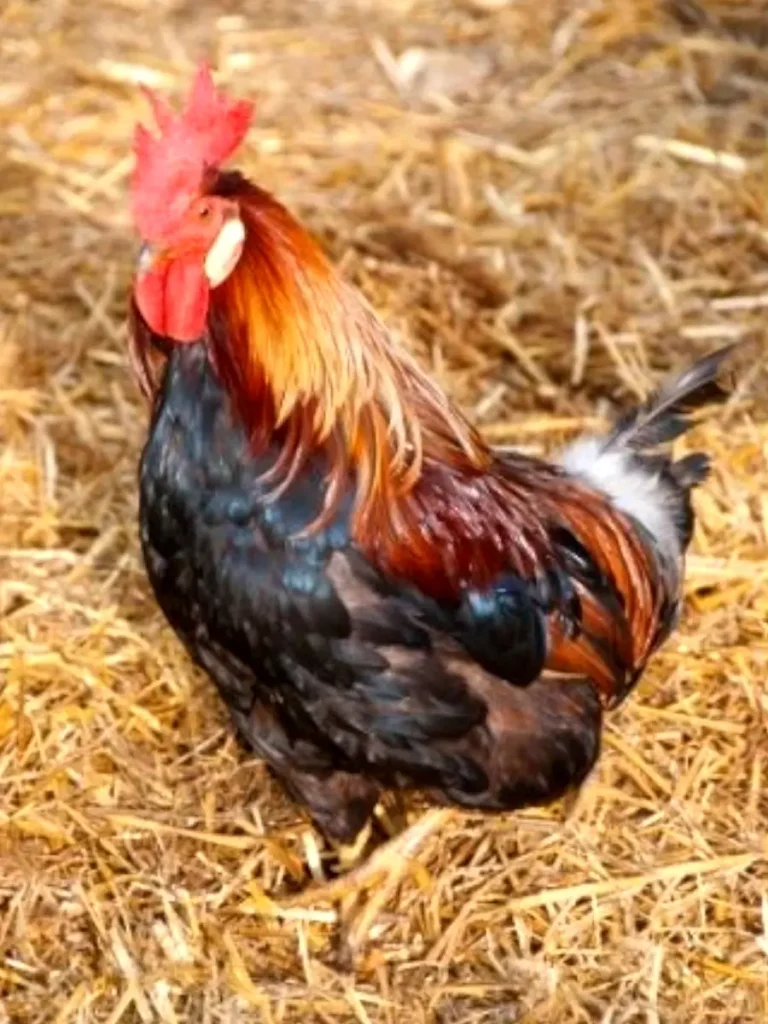
Access
The perfect coop is going t have easy access for both you and your chickens. You need easy access for cleaning, feeding and watering. If you’re raising chickens for fresh eggs, having access doors to the nest boxes will make egg collection easier and cause less stress on the chicken. A sliding door or hinged roof/ door on an exterior nesting box will work well, but make sure they have secure latches. Some predators are smart enough to open them.
The chickens need locking doors where they can walk in and out of the coop during the day while keeping predators out at night. In addition, having a rear door will help chickens escape if a predator enters the chicken coop. You can lock and unlock the door manually every morning and evening, or you can add or look for a coop that has an automatic chicken door.
Pro tip:
Look for access doors that are big enough to collect eggs but not big enough for standard chickens to jump out.
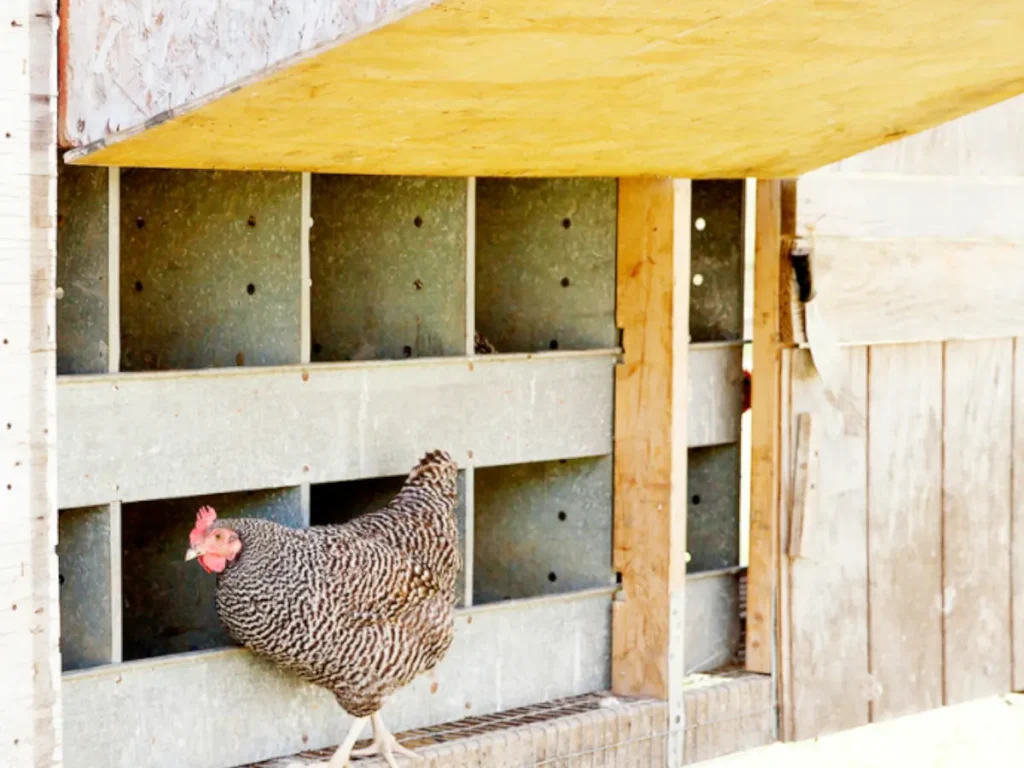
Chicken runs
Chicken runs are a great way to give your chickens safe extra space and be exposed to sunlight.
The smaller your coop per chicken, the more you need to give them a bigger chicken run. Pasture raising chickens will give them the most freedom, but doesn’t do much for keeping predators away. You can buy a chicken run or you can make your own. Building a chicken run out of weather resistant materials like treated wood and chicken wire are ideal. Making them light weight will allow you to move them around easier. A chicken run also gives weaker chickens the space they need to stay away for more aggressive chickens and reduces stress.
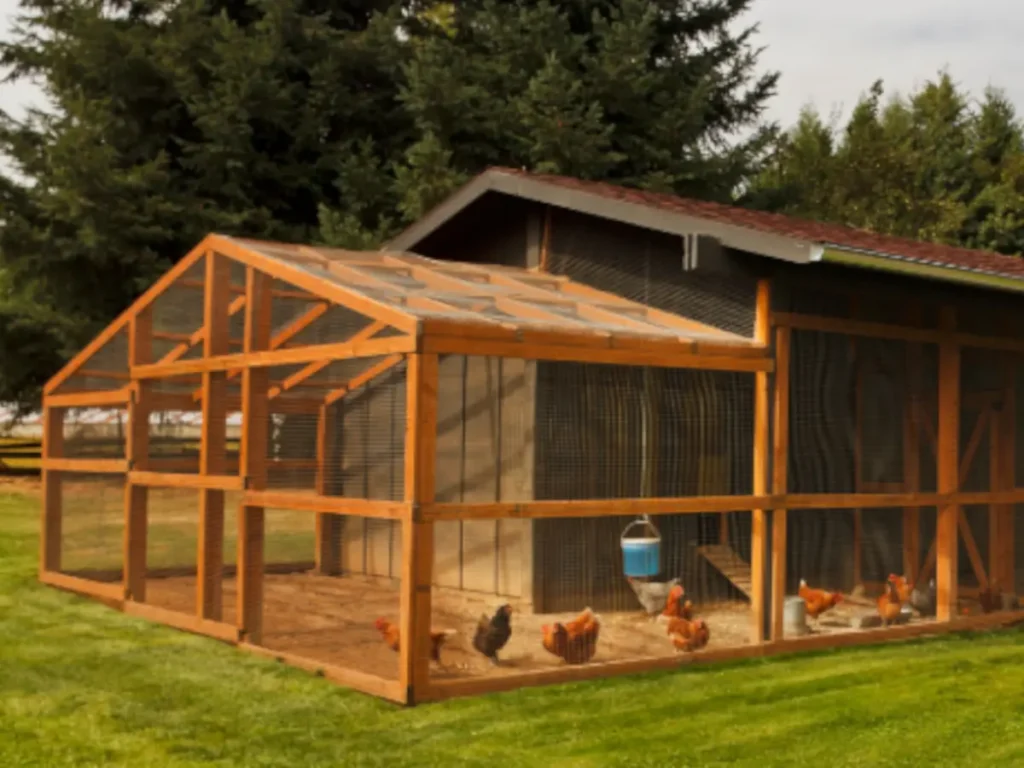
Nesting boxes
First things first, a nesting box is for hens to lay their fresh eggs. They’re not used for sleeping, so roosters and chickens raised for meat (broilers) do not need a nest box. They’re going to be more interested in a spacious coop and a good roosting perch.
Egg chickens on the other hand need nesting boxes for laying their eggs. Hens want a nesting area that feels safe. Make sure the nesting boxes are placed in a quiet, dark area of the chicken coop to give them peace and privacy when they lay their eggs. Keeping them away from the door and where they eat and drink is a good idea.
A hen’s nesting box should be small enough to feel safe and comfortable but big enough to move around. So, a nest box that’s 1’X1’X1′ is a great size. Also, make the roof of the nesting box curved or sloped so they don’t perch above the nests.
Pro tip:
Placing fake eggs or golf balls in a nesting box will encourage hens to lay there.
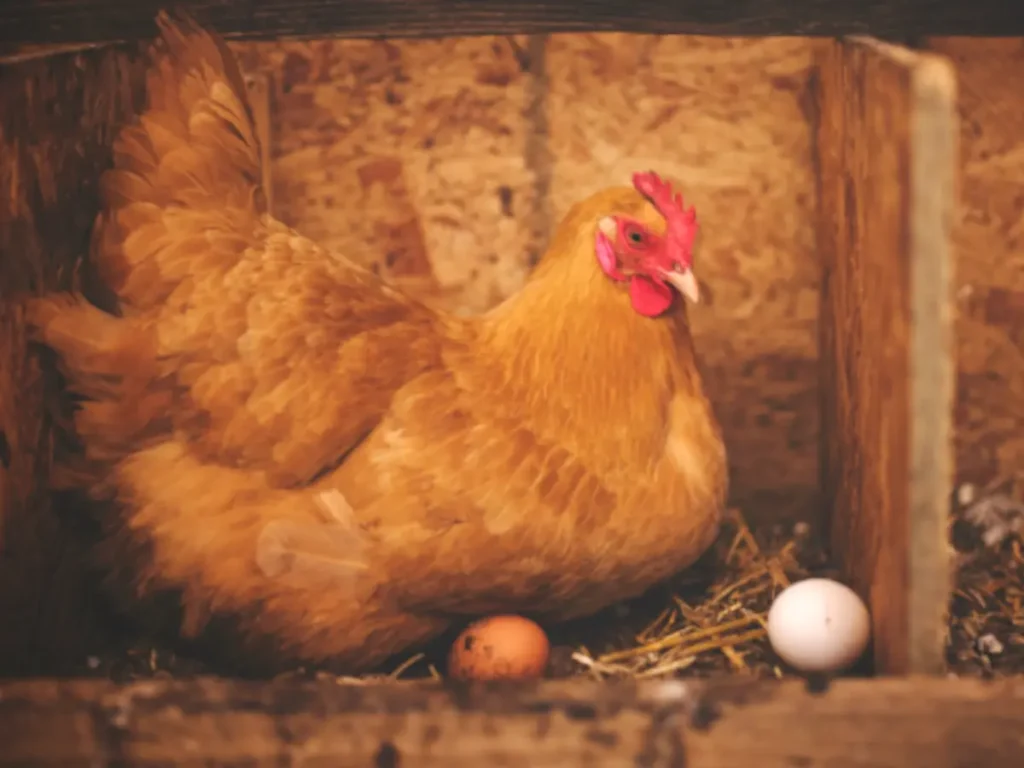
How many hens per nesting box?
The rule of thumb is one nesting box per 3-4 hens. This will give them plenty of space to lay their eggs and make sure there’s no competition over the nesting boxes. Hens will share a nesting box. Actually, existing eggs in a nest will encourage other hens to lay in the same spot. So, with 6 hens you only need two nesting boxes. However, we would prefer three nesting boxes to allow hens more choice, have a lower risk of breaking eggs, and allow your flock to grow in the future.
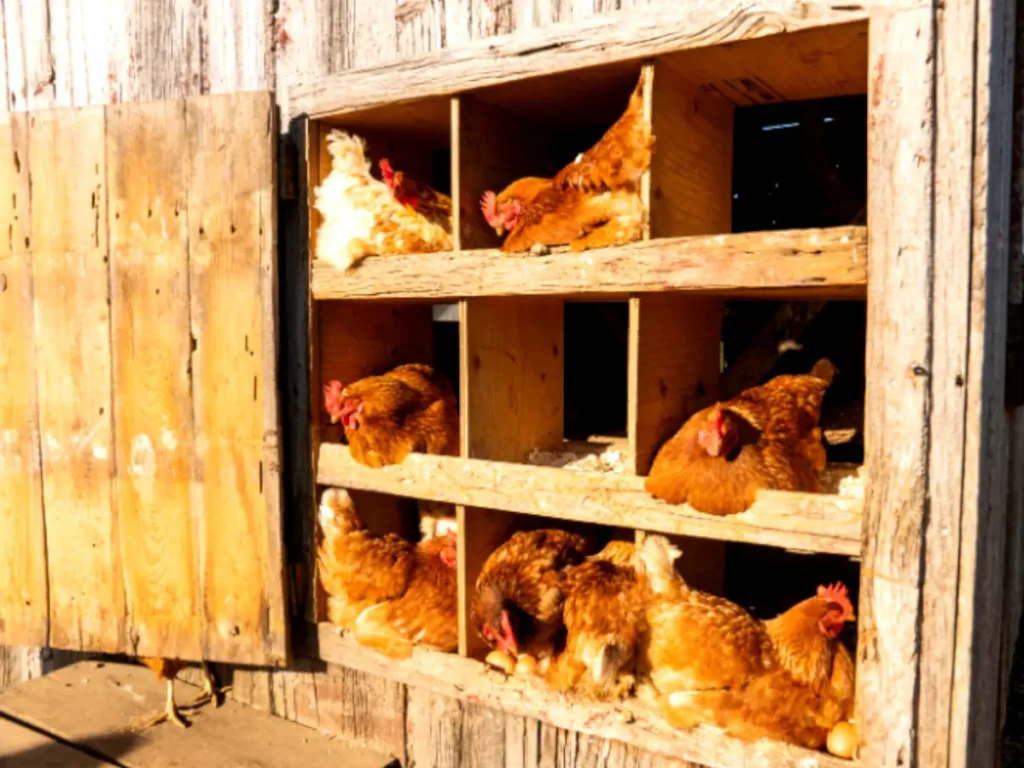
What kind of nesting boxes?
If floor space is scarce or your coop is small, external nesting boxes will save room and allow for easy egg collection. But, they will also be more vulnerable to natures elements.
Internal nesting boxes may take up more floor space, but mounting them at least 18″ off the floor will solve that problem. Just don’t mount them the same height as their roosting bars, or they’ll start sleeping in their boxes.
A nesting box doesn’t have to be a box either! Many farmers mount 5 gallon buckets horizontally to the wall. A 5 gallon nest box is easy to remove and clean too!
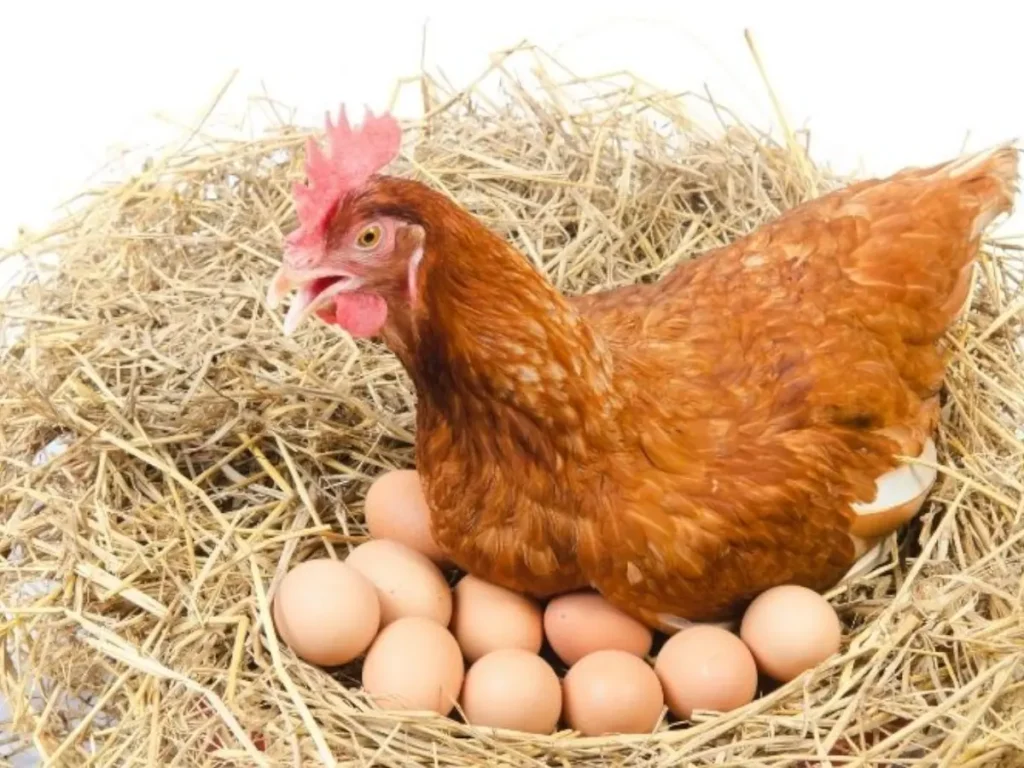
Chicken centered
As you can see, understanding what a chicken needs to be happy helps you decide what kind of chicken coop to buy or what kind of chicken coop plans are the best fit. If you thoughtfully consider these features, both you and your chickens will enjoy each other more and they’ll produce a more bountiful harvest!
OverEZ DURABLE LONG-LASTING CHICKEN COOPS
construction
When it comes to the construction of your coop, planning ahead will go a long way. There’s almost no wrong way to provide your chickens with a coop as long as your coop provides ample protection from predators, rain and wind. Even retrofitting an old animal trailer with all the features needed for a chicken coop can work great. And, you’ll be able to move your chickens around your farm if like. Just make sure that the walls and roof are secure, use good quality materials like treated wood or galvanized steel, and ensure that nails aren’t exposed to prevent chickens from getting injured.
So you’re handy and can build your own coop. But that doesn’t mean you have to re-invent the wheel. Consider looking at or buying existing plans to build coop plans. This can give you some ideas you haven’t thought of and save you lots of time. In addition, some plans come with a materials list, which can give you a more accurate cost of building and save some trips to the hardware store.
If building your own chicken coop isn’t your thing and you’d like to buy a chicken coop kit, make sure to pick the one that best fits your needs.
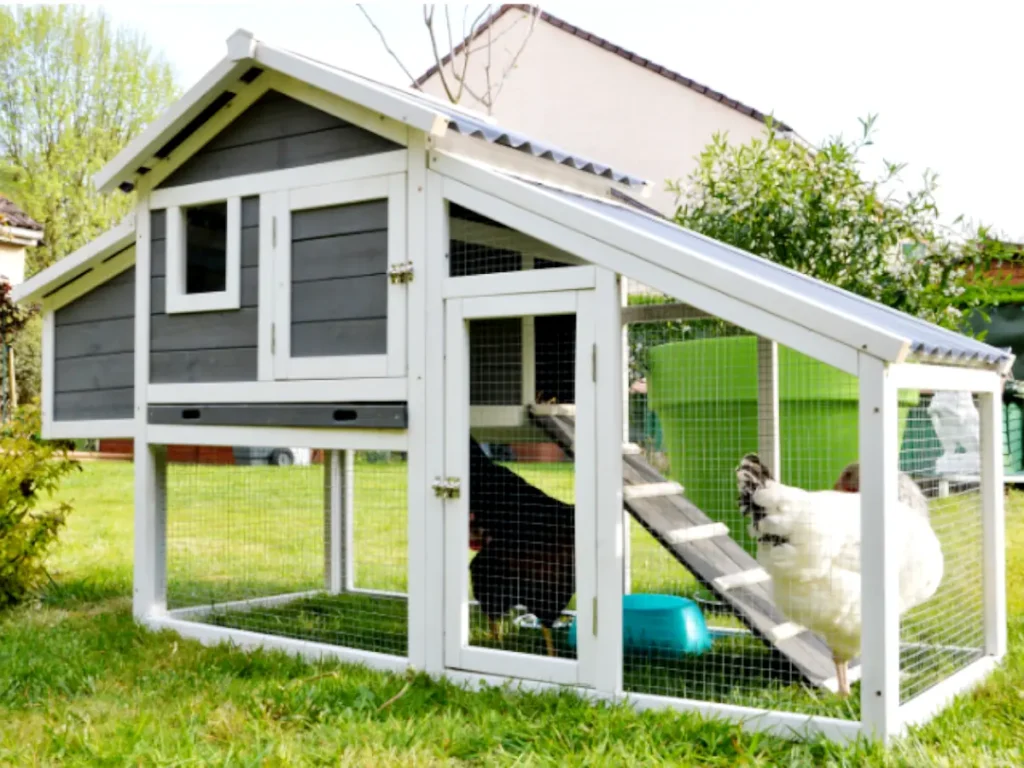
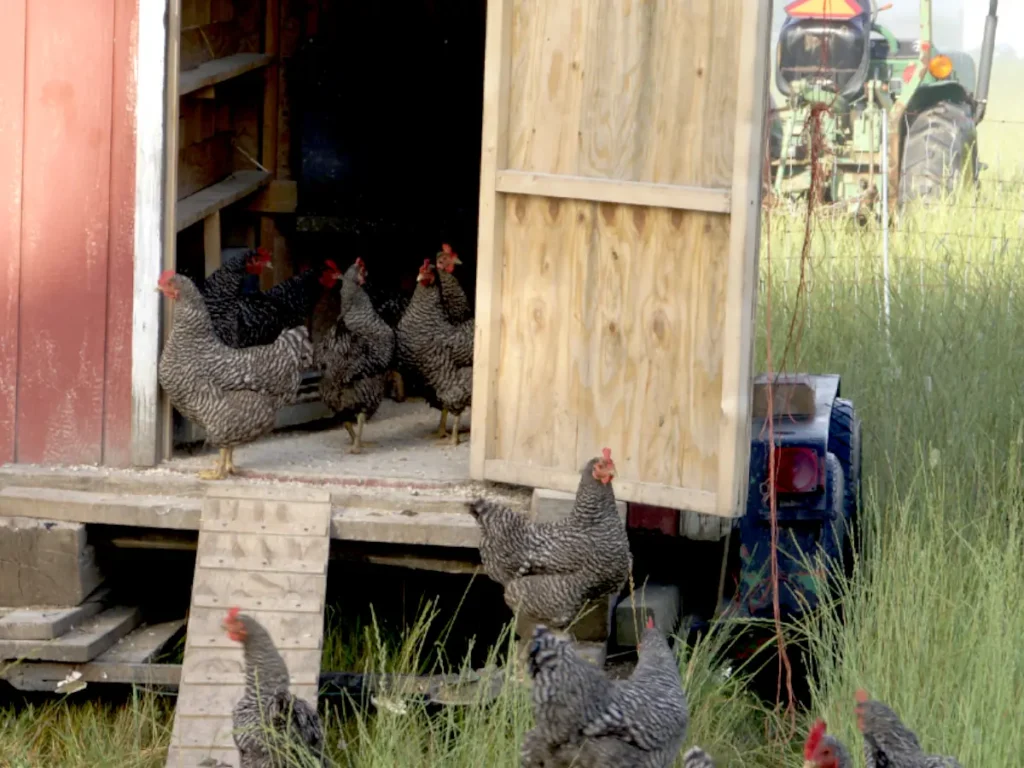
DIY chicken coop or store bought?
We don’t think there’s a wrong answer here. A DIY chicken coop is generally going to be more durable but unless you’re going to build it out of recycled materials lying around, it’s going to be a lot more expensive.
Fact is, you can’t hardly buy the materials for any kind of project for less than you can buy a pre-made kit. So, if you’d rather spend less and you can find a kit that meets your needs, go for it!
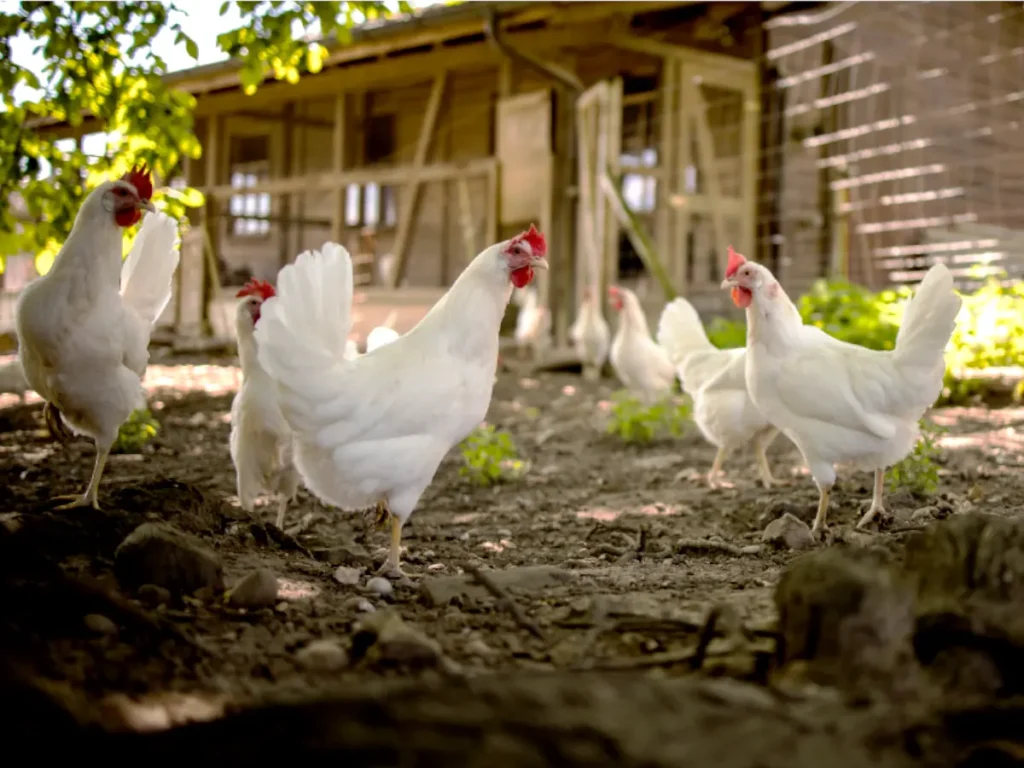
DIY CHICKEN COOP BOOKS/ PLANS
Coop location
Before you build your chicken coop, be sure to analyze any elements that might lower its effectiveness or availability. The ideal places for the chicken coop should be visited and observed at different times of day: early morning, afternoon, and night and this must take place over several days- in order to ensure it is appropriate for the chickens needs. In more urban areas, make certain that local zoning laws permit a closed-off backyard before investing your resources into constructing the coop; otherwise you may end up with an expensive mistake as many towns do not condone chicken keeping.
When choosing a location in your yard to place your chicken coop, consider elements like the sun, wind, and rain. Your chickens should have access to plenty of natural light, but they should also have protection from strong winds and rain. A good spot for your chicken coop would be on the sunny side of your yard but with cover from large trees or bushes so that your birds can still escape the wind and rain.
It’s also important to think about predator protection when choosing a chicken coop location. If you can, pick an area that is tucked away and out of view to deter predators. You should also consider planting some vegetation or create a fence to give your chickens some extra protection. Don’t forget to provide your chickens with a chicken run, which is an outdoor area that they can move around in and explore while still being safe from predators. With a little bit of planning and research, you can find the perfect spot for your chicken coop and chicken run that will give your birds the shelter and protection they need.
Confined chickens or free range chickens?
When considering what chicken coop to purchase or build, you should consider whether your chickens are going to be confined to their coop or if you are going to free range your chickens.
Free range chickens
For free range chickens/pasture raised chickens, you’ll want a chicken coop with an attached chicken run or large fenced in area so your chickens have plenty of space to roam. For these birds, many of the amenities listed above can be located outside and the coop and the coop is mainly a place to sleep and stay out of the elements.
Allowing your flock to roam freely can simplify your coop and make for easy cleaning (your flow will eliminate more of their waste outside). However, it puts them at greater risk from predators.
Consider an electric poultry fence for your free birds. They can be moved around easily and not only do they help keep your flock in one desired area, but they deter land predators too. Hanging poultry netting above chicken runs help keep raptors away.
Pros
The positive side of free ranging is that it gives chickens the opportunity to forage, scratch and explore. They move around and get exercise which can keep them healthy and happy. Allowing your birds access to grass, bugs, and other treats in their environment can also add natural nutrition sources to their diet.
Cons
The downside of free ranging is that it can be difficult to keep track of your flock. It’s easy for predators to snatch chickens away and it’s harder to protect them from common parasites, like fleas and lice. Additionally, if you have neighbors who don’t appreciate your chickens wandering about, it may be difficult to keep them in check.
Confined chickens
For confined chickens, make sure that the coop has enough room for them to move around comfortably and can be cleaned easily. Being confined to a small area is the least desirable conditions for the happiness of your flock, so it helps to make up for it with ample floor space, roosts, fresh clean water, and clean/dry bedding. Ventilation is much more important for a confined flock as they can’t regulate their climate by going in or out of their coop.
Pros
When it comes to confining chickens, there are several benefits. It is much easier to monitor and protect your birds from predators, as well as other dangers like poisons. Additionally, controlling where chickens roam can be helpful in keeping your yard neat and tidy.
Cons
The downside to keeping chickens confined is that they do not have the opportunity to forage and explore their environment. This can lead to boredom and health issues, as well as higher stress levels than free range chickens. Don’t forget that chickens can be quite mean too. Confined conditions are more likely to lead to bullying and injured birds. Additionally, cleaning and maintaining a confined coop can be more labor intensive.



